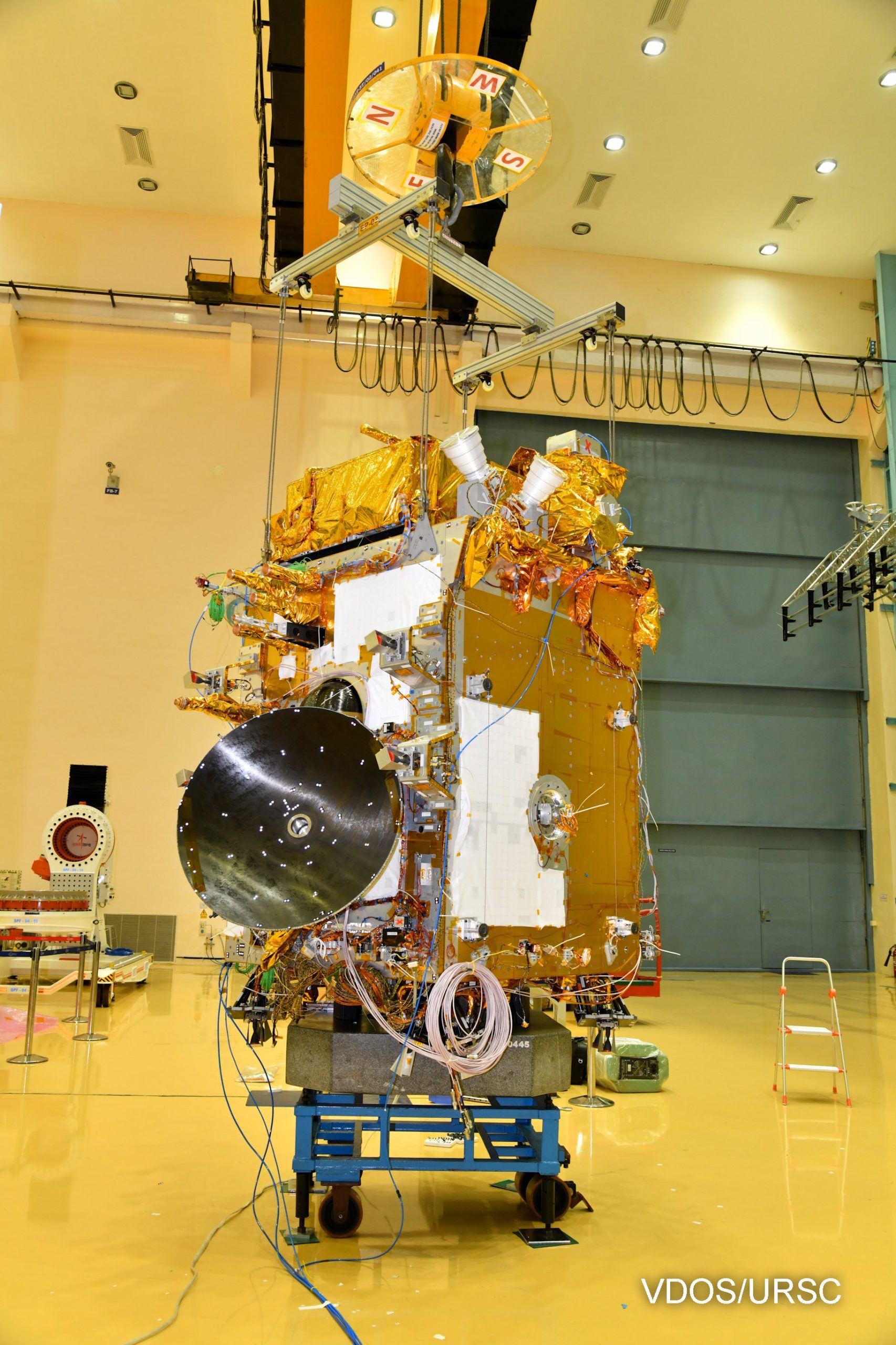Amid all the buzz around India’s Chandrayaan 3 Mission, the Indian Space Research Organisation (ISRO) is gearing up to achieve another milestone in India’s space sector. ISRO on August 14 shared a few glimpses of the country’s ambitious Aditya-L1, the first space-based Indian observatory to study the Sun.
The space agency informed through social media platform X (earlier known as Twitter) that Aditya-L1 is getting ready for the launch and has arrived at SDSC-SHAR, Sriharikota. “The satellite realised at the U R Rao Satellite Centre (URSC), Bengaluru, has arrived at SDSC-SHAR, Sriharikota,” said ISRO.
Details of Aditya-L1
India’s first space-based mission to study the sun will observe solar activities and their effects on space weather in real time. The spacecraft shall be placed in a halo orbit around the Lagrange point 1 (L1) of the Sun-Earth system, which is about 1.5 million km from the Earth. A satellite placed in the halo orbit around the L1 point has an edge to continuously view the Sun without any occultation/eclipses.
Carrying seven payloads, it will study the photosphere, chromosphere, and outermost layers of the Sun (the corona) using electromagnetic and particle and magnetic field detectors.
In addition, the suits of Aditya L1 payloads are expected to provide crucial information to understand the problems of coronal heating, coronal mass ejection, pre-flare and flare activities and their characteristics, the dynamics of space weather, propagation of particle and fields etc.
Unlocking the mysteries of the Sun
India’s Aditya L1 represents a significant stride towards understanding our sun’s intricacies and its far-reaching effects on our planet. Additionally, from improving space weather forecasting to contributing to climate research, this solar space observatory stands as a testament to India’s commitment to sustainable and innovative solutions.










